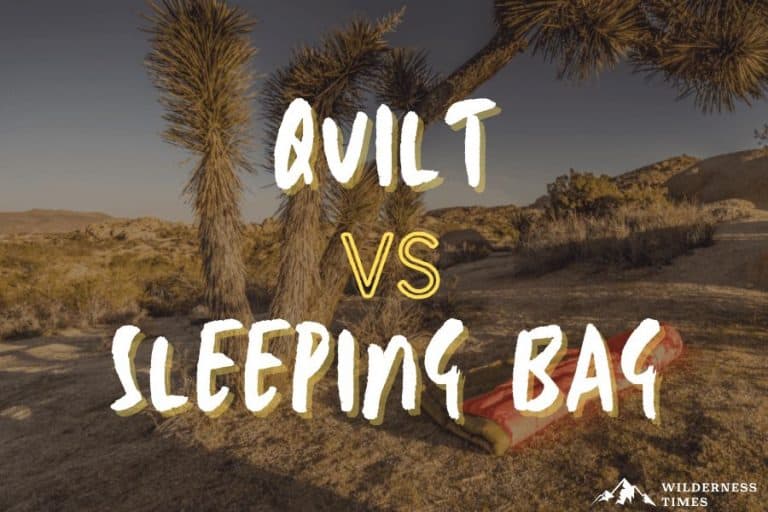Sleeping bags have been keeping backpackers warm for over a century.
But more and more ultralight backpackers are ditching their sleeping bags and opting for a quilt instead.
So, is a quilt really a better choice?
Or does a sleeping bag still have an upper hand in certain situations?
We’ll take a close look at both types of camp bedding, to determine which one comes out on top.
Without further ado – quilt vs sleeping bag – let the battle begin!
Table of Contents
ToggleQuilt vs Sleeping Bag – A Quick Comparison
WHICH IS BETTER FOR BACKPACKING? | QUILT | SLEEPING BAG |
Warmth | ||
Comfort | ||
Portability | ||
Versatility | ||
Ease of Use | ||
Affordability |
Still confused? Let’s dive into all of the details and weigh this out point by point…
All About Backpacking Quilts
The main idea behind a camping quilt is a lighter, more compact sleep system that doesn’t sacrifice warmth.
You see, when you sleep in a down filled sleeping bag, the insulation underneath your body is essentially useless. Down keeps you warm by trapping heat in the air pockets that you get when it’s fluffed up. When you compress it under the weight of your body, these pockets are flattened.
So basically, by removing all the insulation and fabric from the bottom half of a sleeping bag, what you’re left with is an ultralight backpacking quilt. It weighs less, and it packs down to a smaller size, so it’s easier to carry around with you on the trail.
You attach the sleeping quilt to your sleeping pad, and it keeps you just as warm as you would be in a sleeping bag on the same pad.
That being said, if there’s a cold draft blowing, you’re more likely to feel it than you would be if you were wrapped up in a sleeping bag.
Unlike most sleeping bags, quilts don’t have a hood. To keep your head warm, you’ll need to wear a hat to bed.
Some quilts do have a foot box, though. Not only does a foot box help keep your feet nice and warm – it also helps you keep the quilt in place throughout the night.
Pros
- Lighter and more compact than sleeping bags, making them more portable
- A shorter zipper or no zipper means less or no issues with snagging and zipper failures
- Can be attached to a sleeping pad for a closed sleep system
Cons
- No hood means you need to wear a hat to keep your head warm
- Provides less protection from cold drafts than a sleeping bag
All About Sleeping Bags
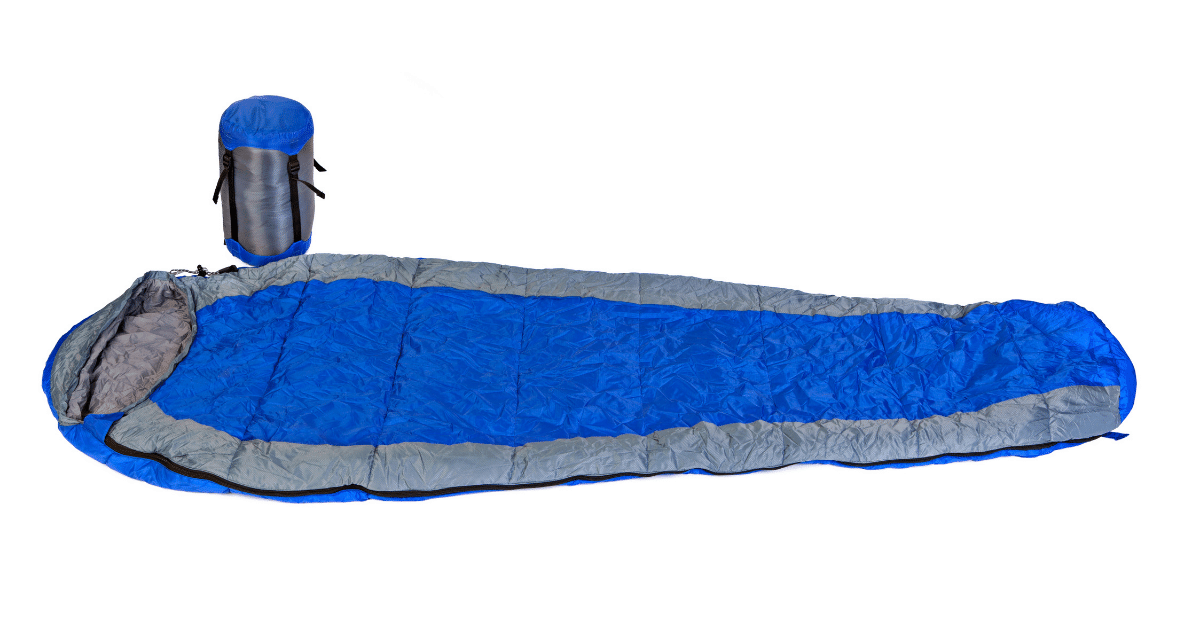
If you’ve ever been backpacking, chances are you’ve slept in a sleeping bag.
Rather than insulating you from above like a quilt, a traditional sleeping bag goes all the way around your body, covering you from all sides. They also often have a hood, to keep your head covered as well. This is especially useful if there’s a cold wind blowing at night.
Because of all the extra fabric and insulation, an ultralight sleeping bag weighs more than an ultralight quilt. And they’re bulkier, too – even with a compression sack.
Like I said, this extra insulation does little in the way of trapping heat. However, being wrapped up like a burrito in a sleeping bag gives you better protection from cold drafts.
Sleeping bags come in all shapes and sizes. You’ve got mummy bags, rectangular bags, semi-rectangular bags, and double sleeping bags. A mummy bag is the way to go when it comes to backpacking, as they’re lighter and more compact. Plus, they keep you warmer while you sleep.
The thing about sleeping bags though is that they’re not as versatile. If you have a winter sleeping bag, you’ll only be able to use it in cold weather. If you tried using it in the summer, you’d cook. Because you can choose to fully or partially cover yourself with a quilt, you can use it in a wider range of weather conditions.
Pros
- Better protection from cold drafts, since it’s wrapped around your entire body
- Usually feature a hood that keeps your head nice and warm
- Come in all kinds of different styles, shapes and sizes
Cons
- Heavier and bulkier than a backpacking quilt
- Suited to a smaller temperature range, so not as versatile
Quilt Vs Sleeping Bag: The Ultimate Showdown
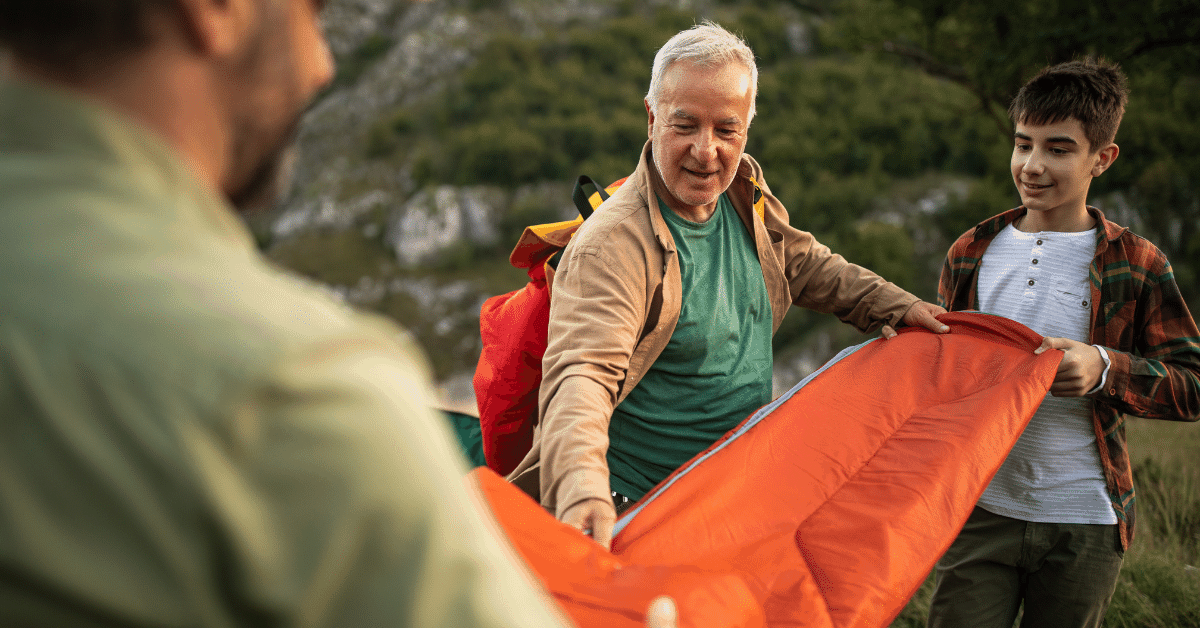
So now that we’ve taken a close look at both options, let’s see how they compare.
Some of the most important criteria we need to look at are:
- Warmth
- Comfort
- Portability
- Versatility
- Ease of use
- Affordability
Let’s have a look at how sleeping bags and quilts perform in each of these categories.
Warmth
Now, let me just start by saying that both quilts and sleeping bags can keep you perfectly warm.
However, if there are any gaps between your quilt and your sleeping pad, all the heat will escape, and a draft can get through. That’ll leave you chattering your teeth in no time.
This can happen if you haven’t attached the quilt properly, or the attachment system is faulty. It can also happen if you move around in your sleep. Generally speaking, it’s the main glaring downside of a backpacking quilt.
Sleeping bags are wrapped all the way around you, so you don’t have this issue. They also usually have a hood attached, so you’re all tucked in from top to toe.
Still, quilts have come a long way over the past few years, and their attachment systems are becoming better and better. Some quilts on the market today definitely come very close to being just as warm as a sleeping bag.
It’s also worth noting that the temperature rating of your sleeping bag or quilt and sleeping pad is going to make a huge difference in how warm you stay during the night.
The winner: sleeping bags
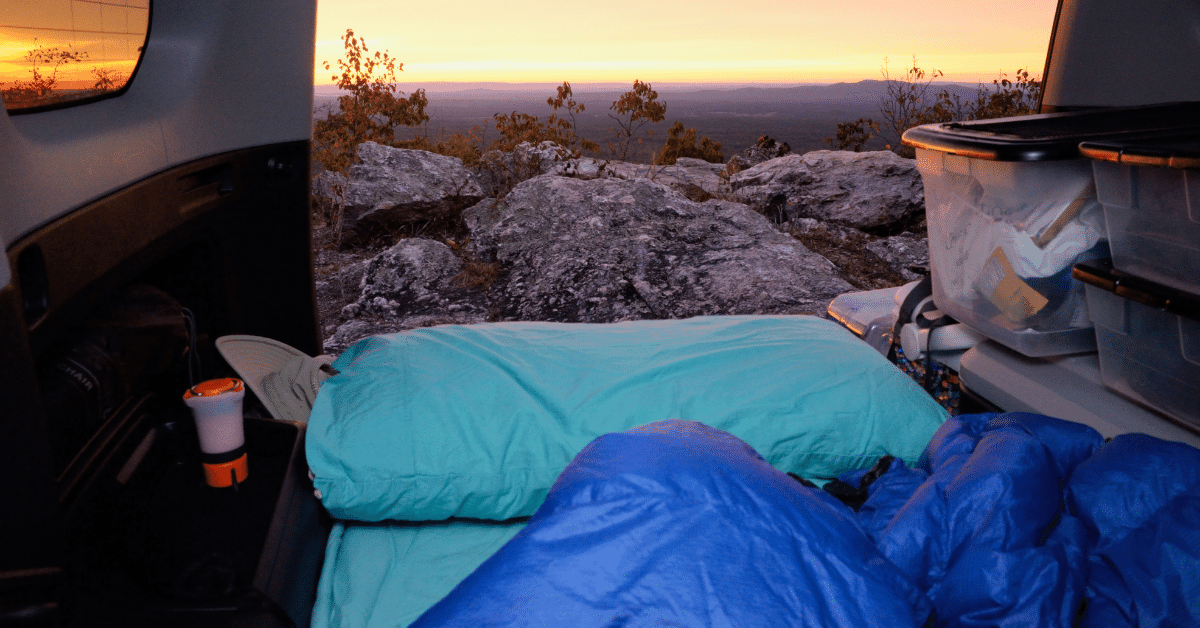
Comfort
A sleeping bag – especially a mummy bag – can be pretty restrictive. You don’t have a whole lot of room to wiggle around, and sleeping on your side can be super awkward.
This isn’t anywhere near as much of a problem when you’re using a quilt. You’ve got much more room to move around, and you can sleep in whichever position you like.
The other great thing about quilts is that they attach to your sleeping pad, so you can’t roll off the pad in the middle of the night.
In a mummy sleeping bag, you can easily roll onto the cold hard floor in your sleep. And if you’re a heavy sleeper like me, you might not even notice until your lips turn blue.
The winner: backpacking quilts
Portability
When you’re a backpacker, portability is definitely going to be at the very top of your list of priorities. You’re going to be carrying all of your stuff on your back, so you need to make sure that everything is as light and compact as possible.
This is where backpacking quilts shine.
They’re basically half a sleeping bag, so they have a lot less insulation and material. That means they not only weigh less, but they pack down to a much smaller size.
The superior portability of backpacking quilts is pretty much the entire reason that their popularity has risen. When every ounce counts, a quilt is a great way to cut down your load.
The winner: backpacking quilts
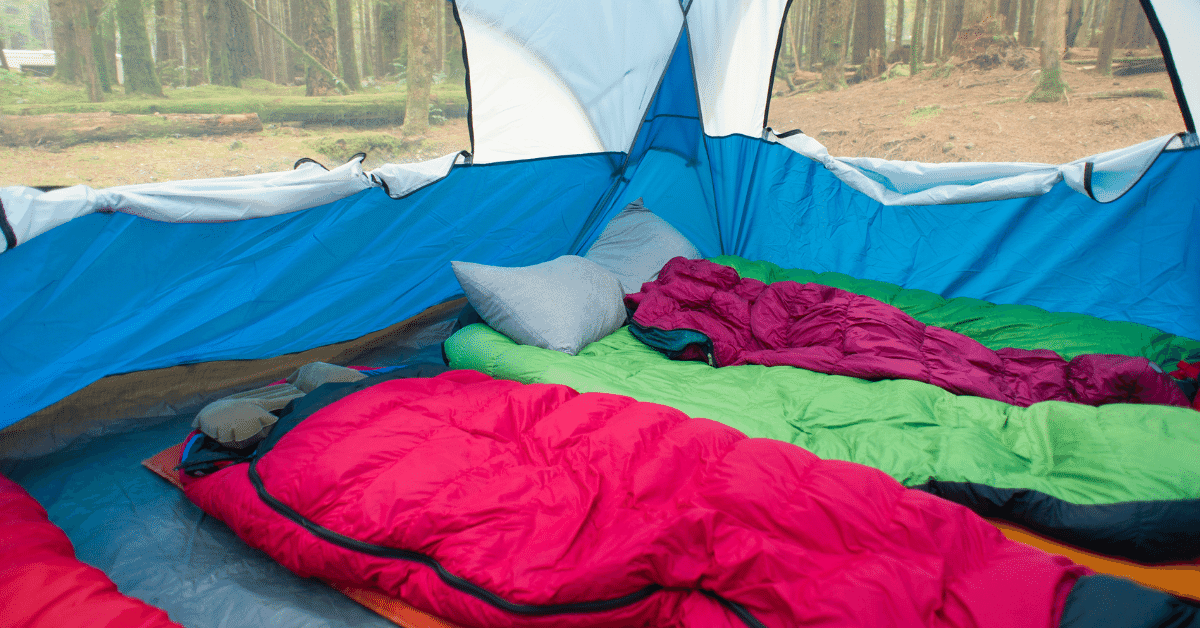
Versatility
A quilt can be used in a much wider range of weather conditions than a sleeping bag.
Sleeping bags for cold weather can only be used in cold weather, while a cold weather quilt can also serve you in warmer weather. Just open it up like a blanket, and you can get some airflow coming through to cool you down.
If you’re going long distance hiking, and you need to be ready for a vast range of different temperatures, a quilt is a much better choice. You’d need two separate sleeping bags if you wanted to be comfortable throughout the trip.
The winner: backpacking quilts
Ease Of Use
When it comes to using sleeping bags, there’s really nothing to it. Just hop into the bag, zip yourself up, and lay down on your sleeping pad.
That’s it.
With backpacking quilts, it isn’t quite that straightforward. The reason is that you need to attach your quilt to your sleeping pad.
Now, this isn’t too complicated, but if you don’t get it right, you’ll be vulnerable to cold drafts. Attaching your quilt and sleeping pad the right way so that you’re fully protected can take a bit of practice. But once you get the hang of it, it won’t be much of an issue.
The winner: sleeping bags
Affordability
If we’re looking at the best quality gear on the market, backpacking quilts are more affordable than high-end sleeping bags. This is because they don’t use as much material, and their design is simpler, so they’re cheaper and easier to make.
That being said, if you’re looking at top-quality quilts and bags on the higher end of the price scale, the difference in price isn’t going to be huge.
Then, on the lower end of the price scale, it’s a different story. Low to mid-range sleeping bags are often more affordable than backpacking quilts. You won’t really find many backpacking quilts in the low price range, since they’re usually custom-made.
The winner: backpacking quilts
The Final Verdict
Overall, for backpackers looking to lighten their load, switching to quilts is a great way to do it.
Quilts are becoming better and better as time goes on. They truly do provide outstanding warmth and insulation while taking up less space, and not weighing as much.
Sleeping bags are still a bit better at keeping a cold draft out. So if you’re heading somewhere particularly chilly and you can afford the extra weight, you might still want to stick to a sleeping bag.
Still, I’d say that in most cases a quilt can do the job just as well.
More On Sleeping Bags
- The 17 Best Sleeping Bag Brands (From Budget to Backpacking)
- Mummy vs Rectangular Sleeping Bag (A Side By Side Comparison)
- Down vs. Synthetic Sleeping Bag (Which is Better?)
- How To Wash A Sleeping Bag (A Comprehensive Guide)
- How To Fold A Sleeping Bag (5 EASY Steps)
- How To Choose A Sleeping Bag
- Camping Blanket vs Sleeping Bag: Which is Better for Camping?


